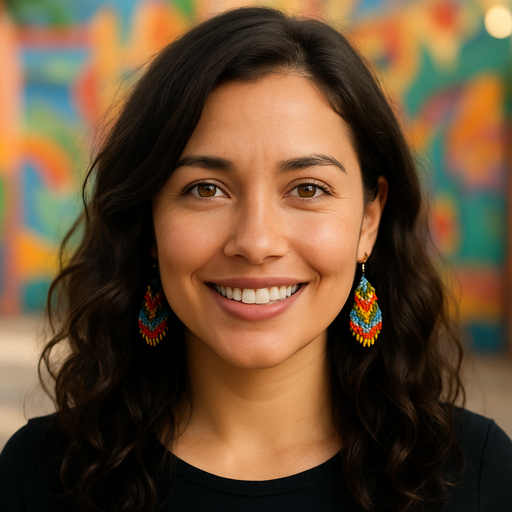Imagine being able to prevent debilitating hereditary diseases even before a baby is born. It may sound like science fiction, but a recent breakthrough pioneered by UK scientists is turning this dream into reality. Babies born using DNA from three people are now free of certain hereditary diseases that once seemed unavoidable.
This revolutionary method, as reported by the BBC in Babies made using three people's DNA are born free of hereditary disease, marks a game-changing advancement in assisted reproduction and genetic medicine. But what exactly does this entail, and how could it shape the future of fertility treatments?
What is Three-Parent IVF, and How Does It Work?
In traditional reproduction, DNA from two parents combines to create a baby. However, some hereditary diseases are passed down through mitochondrial DNA, which comes exclusively from the mother. In three-parent IVF, healthy mitochondrial DNA from a donor replaces the mutated one in the mother’s egg before fertilization. The resulting embryo carries nuclear DNA from the two parents and mitochondrial DNA from a third person — the donor.
This technique is designed specifically to prevent diseases like mitochondrial disorders, which can be devastating and have no cure. The babies born through this method in the UK provide a hopeful glimpse into what’s possible when cutting-edge science meets compassionate care.
Why is This Breakthrough Important?
- Eliminating inherited mitochondrial diseases: These conditions can affect organs like the brain and muscles, often resulting in severe disability or early death.
- Empowering families: Couples who carry genetic risks now have a powerful option to have healthy children without passing on certain diseases.
- Advancing reproductive technology: This method expands the frontier of what assisted reproduction can achieve.
You might be wondering, how accessible is this technology? At present, it is strictly regulated and only available in pioneering clinical settings. However, the underlying principle — that proactive intervention at the genetic level can dramatically improve outcomes — is shaping many new fertility solutions.
The Bigger Picture: Fertility Innovations and At-Home Insemination
Though three-parent IVF is a specialized procedure, it underscores a larger trend: fertility options are becoming increasingly diverse and personalized. For many couples and individuals trying to conceive, especially outside traditional clinical frameworks, innovations are making parenthood more achievable.
For example, companies like MakeAMom provide state-of-the-art at-home insemination kits tailored to different fertility needs. Whether it’s handling frozen sperm, addressing low sperm motility, or accommodating sensitive conditions like vaginismus, these kits offer practical, cost-effective alternatives to clinical treatments — all discreetly packaged to respect privacy.
Imagine combining the convenience of accessible technology like the MakeAMom kits with the promise of advanced genetic interventions in the future. The fertility landscape is evolving rapidly, bringing hope to many who previously faced significant challenges.
What Does This Mean for Families Navigating Fertility Challenges?
- Hope for genetic disease prevention: As techniques like three-parent IVF expand, options for avoiding hereditary disease will grow.
- More tailored fertility support: From genetic innovations to at-home insemination, parents can expect increasingly personalized approaches.
- Empowerment through knowledge: Understanding the latest breakthroughs helps families make informed decisions about their reproductive journey.
Final Thoughts: The Future is Bright for Fertility and Genetic Health
The birth of babies free from hereditary mitochondrial disease through three-parent DNA technology represents a stunning leap forward. It's a testament to human ingenuity and compassion — a fusion of science and hope.
At the same time, accessible solutions like those offered by MakeAMom demonstrate that fertility support doesn’t always require complex clinical settings. Whether you are exploring advanced genetic options or starting with at-home assistance, understanding the full array of possibilities can make all the difference.
What do you think about this groundbreaking method? Could this shape your approach to fertility and family planning? We’d love to hear your thoughts and experiences. Share your story or questions in the comments below and join the conversation about the future of parenthood!
Sources: - Babies made using three people's DNA are born free of hereditary disease - MakeAMom Official Website
As science accelerates, staying informed and connected is key. Keep following Bloomly for trusted insights and expert advice to support your journey to parenthood.
